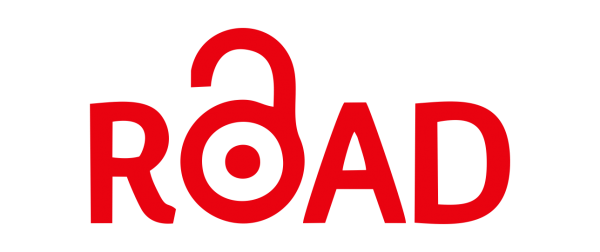Abstract
Microalgae have been classified as the most primitive plant species and the ability to grow rapidly makes it very suitable for biomass cultivation by using different technologies over the past years. Microalgal biomass can be used for various productions such as biofuels, food, supplements, and more as it is categorized as environmentally friendly throughout the cultivation process. Nutrients play one of the most important roles in cultivating microalgae besides other factors such as temperature, pH, salinity, inorganic carbon, oxygen, light intensity, and carbon dioxide availability. The technology has become much more advanced in cultivating microalgae for maximizing lipid or biomass production. In this paper, we reviewed the technologies used for media optimization of microalgae growth along with the advancement in technology, starting from traditional techniques to more advanced techniques employing statistical or mathematical analysis. The traditional media optimization technique is known as the classical one-factor-at-a-time (OFAT) technique which is sub-grouped into three types of experiments—removal experiment, supplement experiment, and replacement experiment. The advanced technique for the optimization of medium components concentration discussed in this paper includes Response Surface Methodology (RSM), Artificial Neural Network (ANN) and Genetic Algorithm (GA).
Recommended Citation
Radzun, Khairul A.; Agha, Hasan M.; Abdullah, Nur Farrahim F.; Ahmad, Mas I.; Ivanovski, Igor; Mohammed, Amjad A.; and Alkamil, Abdulmutalib Alabeed
(2024),
Media Optimization Techniques for Microalgae Through Technological Advancements: A Mini Review,
AUIQ Complementary Biological System: Vol. 1:
Iss.
1, 60-69.
DOI: https://doi.org/10.70176/3007-973X.1004
Available at:
https://acbs.alayen.edu.iq/journal/vol1/iss1/7
Digital Object Identifier (DOI)
10.70176/3007-973X.1004




















Follow us: